Captivating Facts about Victoriano Huerta
Victoriano Huerta: the name alone likely sends shivers down the spines of those familiar with Mexican history. He was a figure shrouded in controversy, a man who climbed to the highest position in Mexico, only to leave it stained with the marks of his ruthlessness. Let’s delve deeper into the life of this enigmatic figure:
- A Rise to Power Steeped in Blood: Huerta wasn’t someone who played by the rules; he’d likely scoff at the very notion. In 1913, he saw an opportunity in the chaos engulfing Mexico. President Francisco Madero, a man Huerta had once called an ally, became the target of his ambition. Huerta orchestrated a coup, a betrayal of the highest order. Madero, along with his vice-president, met a grim end, likely assassinated under Huerta’s orders. Just like that, Huerta declared himself the new leader of Mexico.
- The Iron Fist of “El Chacal”: Huerta’s presidency, if you could even call it that, lasted a short but brutal year (1913-1914). He quickly earned the nickname “El Chacal” – “The Jackal” – and for good reason. His rule was one of iron-fisted control, a period marked by widespread political oppression. Those who dared oppose him often met with swift and brutal consequences. Human rights? Those were mere inconveniences to Huerta.
- A Regime Shunned by the World: Across the border to the north, the United States watched Huerta’s antics with growing disapproval. They refused to recognize his government as legitimate, condemning the way he had seized power. This diplomatic cold shoulder significantly weakened Huerta’s position, emboldening the growing resistance movements within Mexico.
- The Spark that Ignited a Revolution: Huerta’s tyrannical rule didn’t bring stability to Mexico; it had quite the opposite effect. His very presence was like pouring gasoline on the smoldering embers of discontent. His actions fueled the flames of the Mexican Revolution, a bloody and chaotic conflict that would drag on for a decade. He became a potent symbol of tyranny, a rallying point for those who yearned for a better Mexico.
- A Legacy Etched in Shadow: Today, Huerta’s time in power is viewed as a dark and shameful chapter in Mexican history. He is a stark reminder of what happens when power goes unchecked, when ambition trumps compassion. His authoritarianism cast a long shadow, leaving a lasting impact on the country’s political landscape.
- The Mind of a Master Tactician: It would be a disservice to portray Huerta as simply a brute. He was a skilled military strategist and a shrewd political operator. He understood how to manipulate people and situations to his advantage. It was this cunning, combined with his ruthlessness, that allowed him to exploit the turmoil of the revolution and seize control.
- Caught in the Crosshairs of Global Politics: While Huerta’s internal policies were abhorrent, it’s important to remember that foreign powers, particularly the United States, played a significant role in his rise and fall. Their decisions to recognize or reject his government had a direct impact on the events that unfolded. It was a stark reminder that even internal struggles are often influenced by larger geopolitical forces.
- A Cautionary Tale for the Ages: Though Huerta’s reign was short-lived, his legacy continues to echo through Mexican history. He serves as a cautionary tale, a stark reminder of the dangers of unchecked power and the human cost of tyranny. His story is a sobering lesson about the fragility of democracy and the importance of safeguarding it against those who would seek to exploit it for their own gain.
What are some important facts about Victoriano Huerta?
Victoriano Huerta surfaces in Mexican history during a turbulent era. In the early 1900s, Mexico grappled with the aftermath of Porfirio Díaz’s decades-long rule. Huerta, a career military officer, saw an opportunity to seize power amidst the chaos.
In 1913, Huerta orchestrated a coup against President Francisco I. Madero, who was perceived as a weak leader. This event, known as the “Ten Tragic Days,” culminated in Madero’s assassination, with some historians suggesting Huerta’s involvement.
Huerta’s rule was characterized by a ruthless pursuit of control. He sought to silence dissent, imprisoning opponents, and turning Mexico into his personal fiefdom. Basic freedoms like freedom of speech were suppressed, creating a climate of fear and oppression.
However, his heavy-handed tactics backfired, igniting widespread resistance. Rebel groups, including the Constitutionalists led by Venustiano Carranza and the Zapatistas under Emiliano Zapata, emerged to challenge his authority. The Mexican people, yearning for freedom, had reached their breaking point.
Adding to Huerta’s woes, President Woodrow Wilson’s United States refused to recognize his government, viewing his rise to power with suspicion and condemning his human rights record. This diplomatic isolation further weakened his position on the world stage.
By 1914, facing mounting pressure from both internal rebellions and international condemnation, Huerta resigned and fled Mexico.
Huerta’s legacy remains complex. While he is largely remembered as a ruthless dictator who exacerbated Mexico’s turmoil, some historians argue that he has been unfairly villainized, suggesting that he may have been attempting to restore order in a time of chaos. Nonetheless, the brutality of his rule is undeniable, solidifying his place in history as a cautionary tale of unchecked power.
What good things did Victoriano Huerta do?
While Victoriano Huerta’s rule (1913-1914) was marked by brutality and oppression, there were a few surprising aspects to his policies that some might consider positive.
Huerta, perhaps influenced by his own upbringing in a farming family, placed a strong emphasis on education, particularly for indigenous communities. He increased funding for schools and promoted literacy programs, believing that education could empower marginalized groups and create a more just society.
His agricultural policies were also notable. Huerta established a dedicated agricultural ministry and encouraged investment from British oil companies to modernize the sector. He championed laws to protect indigenous land rights and improve the working conditions of farm laborers, reflecting a concern for rural communities.
Interestingly, Huerta favored collaboration with British oil interests over American ones, seeing it as a strategic move to leverage international competition for Mexico’s benefit. He aimed to secure advantageous deals for his country by playing the major powers against each other.
In a move that might seem contradictory given his dictatorial tendencies, Huerta established the National Labor Office. This institution was tasked with ensuring fair labor practices and providing a platform for workers’ rights. While the effectiveness of this office during his short reign is debatable, its creation suggests an unexpected awareness of labor issues.
It’s important to note that these seemingly progressive measures should not overshadow the undeniable brutality and oppression that defined Huerta’s rule. However, they offer a glimpse into the complexities of his character and demonstrate that even within a dictatorship, unexpected policy decisions can arise.
What was the legacy of Victoriano Huerta?
Victoriano Huerta’s rule in Mexico was short-lived but left a lasting impact on the nation’s history. His heavy-handed approach and disregard for democratic principles alienated him from the people and plunged the country deeper into turmoil.
Huerta’s seizure of power and subsequent authoritarian rule were major catalysts in the Mexican Revolution. His regime’s brutality, marked by human rights violations and the suppression of dissent, only fueled the flames of resistance. People from all walks of life rose up to challenge his authority, driven by a thirst for justice and a yearning for a more equitable society.
The international community, particularly the United States, condemned Huerta’s actions and refused to recognize his government as legitimate. This diplomatic isolation further weakened his position and emboldened the rebel forces fighting against him.
Ultimately, Victoriano Huerta’s legacy is one of tyranny, betrayal, and the devastating consequences of unchecked power. His name serves as a stark reminder of the fragility of democracy and the importance of safeguarding human rights. While his rule was a dark chapter in Mexican history, it also underscores the resilience of the Mexican people, who fought tirelessly to overcome oppression and shape a better future for their nation.
Who refused to recognize Victoriano Huerta’s government?
When Victoriano Huerta seized power in Mexico in 1913, the international community’s reaction was swift and decisive, particularly from the United States under the leadership of President Woodrow Wilson. The U.S. became the first nation to withhold recognition of Huerta’s government, setting off a chain reaction that would ultimately contribute to his downfall.
Several factors influenced this decision. Firstly, Woodrow Wilson was deeply troubled by the circumstances surrounding Huerta’s rise to power, which involved the overthrow and suspicious death of President Francisco Madero. Wilson, a staunch advocate for democracy, viewed Huerta’s coup as a threat to stability and democratic principles in the region.
Secondly, reports of widespread human rights abuses under Huerta’s regime reached Washington, further fueling Wilson’s determination to distance the United States from the increasingly isolated dictator. The U.S. was also keen on promoting its interests in the region, and Huerta’s policies were perceived as detrimental to those interests.
By refusing to recognize Huerta’s government, the United States sent a clear message of disapproval to the international community, effectively isolating Huerta diplomatically and economically. This move bolstered the various revolutionary factions within Mexico who were fighting against Huerta’s rule.
The United States’ refusal to recognize Huerta’s government was a pivotal moment in his downfall. It emboldened his opponents, undermined his authority, and contributed to the growing pressure that ultimately forced him from power.
To delve deeper into this historical event, consider exploring “The United States and the Mexican Revolution: A Diplomatic History.” This book provides valuable insights into the complex relationship between the two countries during this tumultuous period.
What does Huerta mean in English?
“Huerta” is a Spanish word that translates to “vegetable garden” or “kitchen garden” in English. It refers to a plot of land, typically near a home, where people cultivate fruits, vegetables, and herbs for personal consumption.
While the term might seem simple at first glance, “huertas” hold cultural significance, particularly in Spain and parts of Latin America. They represent a tradition of self-sufficiency, a connection to the land, and a source of fresh, homegrown produce.
In regions like Murcia and Valencia in Spain, “huertas” are a prominent feature of the agricultural landscape. These areas are known for their fertile soil and favorable climate, making them ideal for cultivating a wide variety of crops.
Where is Victoriano Huerta buried?
Victoriano Huerta’s final resting place is not in his homeland of Mexico, but rather in Evergreen Cemetery in El Paso, Texas. This seemingly unusual location reflects the tumultuous times in which he lived and the international implications of his actions.
His presence in the United States and his eventual death and burial there were directly tied to the Mexican Revolution and the complex relationship between the U.S. and Mexico during that period.
Huerta’s exile and burial on foreign soil serve as a reminder of the revolution’s far-reaching consequences. His gravesite, although unassuming and located outside of Mexico, stands as a physical link to a pivotal era in Mexican history. It underscores the international dimensions of the revolution and the enduring influence of the U.S. in the region.
Even in death, Huerta remained connected to the upheaval that had defined his life. His burial in El Paso serves as a tangible symbol of the Mexican Revolution’s impact, reminding us that history’s tendrils often stretch far beyond national borders.
What kind of leader was Victoriano Huerta?
Victoriano Huerta’s tenure as Mexican president, from 1913 to 1914, was a turbulent period marked by his ruthless pursuit of power and a brutal crackdown on dissent. His leadership style is often characterized as authoritarian and dictatorial, leaving a dark stain on Mexico’s political landscape.
Huerta rose to power through a military coup, ousting and likely orchestrating the assassination of President Francisco Madero. This act of treachery set the tone for his presidency and immediately drew condemnation from within Mexico and internationally, particularly from the United States.
Once in power, Huerta moved swiftly to consolidate his control, silencing opposition and ruling with an iron fist. His regime was characterized by human rights abuses, political repression, and a blatant disregard for democratic norms. His actions ignited the Mexican Revolution, with various rebel factions uniting against his oppressive rule.
The United States, under President Woodrow Wilson, refused to recognize Huerta’s government, viewing his rise to power as illegitimate and his methods as abhorrent. This diplomatic isolation further weakened Huerta’s position and emboldened his opponents.
By 1914, facing relentless pressure from both internal rebellions and international condemnation, Huerta’s grip on power crumbled. He was forced to resign and flee Mexico, bringing an end to his short but brutal reign.
Victoriano Huerta’s legacy is one of a ruthless dictator who plunged Mexico deeper into chaos. His actions serve as a cautionary tale about the dangers of unchecked ambition and the devastating consequences of authoritarianism.
What did Victoriano Carranza do when he came into power?
Following the tumultuous presidency of Victoriano Huerta, Venustiano Carranza emerged as a pivotal figure in shaping Mexico’s destiny. As leader of the Constitutionalist faction during the Mexican Revolution, Carranza played a key role in ousting Huerta from power and assumed the presidency in 1914.
One of Carranza’s most significant achievements was overseeing the creation and implementation of the Mexican Constitution of 1917. This progressive document enshrined a range of social and economic reforms, including rights for workers, land redistribution policies, and limitations on the power of the Catholic Church.
The Constitution of 1917 was a landmark achievement, laying the foundation for a more just and equitable Mexican society. It reflected the ideals of the revolution, addressing issues such as land ownership inequality, labor rights, and the separation of church and state.
However, Carranza’s presidency was not without its challenges. He faced opposition from former revolutionary allies, such as Pancho Villa and Emiliano Zapata, who believed he wasn’t doing enough to implement the reforms outlined in the Constitution. This led to further internal conflict, testing the stability of the newly established government.
On the international stage, Carranza maintained Mexico’s neutrality during World War I, a strategic decision that allowed the nation to focus on internal rebuilding and avoid further economic hardship.
Carranza’s presidency ended in 1920 when he was assassinated during a coup led by Álvaro Obregón, one of his former generals. Despite a tumultuous tenure marked by both progress and ongoing conflict, Carranza left an undeniable mark on Mexican history. The legacy of his presidency is intricately tied to the progressive ideals enshrined in the Constitution of 1917, a document that continues to shape Mexico today.
What is the Huerta Landform?
While “Huerta” commonly refers to a vegetable garden, it’s important to clarify that there is no formally recognized geographical feature or landform known as the “Huerta Landform.”
However, the term “huerta” is frequently used to describe specific types of agricultural landscapes, particularly in Spain and Portugal. These “huertas” are characterized by their intensive irrigation systems, typically found in arid or semi-arid regions where water resources are scarce.
For example, the “huertas” of Valencia and Murcia in Spain are renowned for their intricate irrigation networks and fertile soils, allowing for the cultivation of a wide variety of crops despite the dry climate.
Therefore, when encountering the term “Huerta” in relation to a landform, it’s essential to consider the context. It’s likely referring to a specific type of agricultural landscape or irrigation system rather than a formally recognized geographical feature.
- Crypto Quotes’ Red Flags: Avoid Costly Mistakes - June 30, 2025
- Unlock Inspirational Crypto Quotes: Future Predictions - June 30, 2025
- Famous Bitcoin Quotes: A Deep Dive into Crypto’s History - June 30, 2025
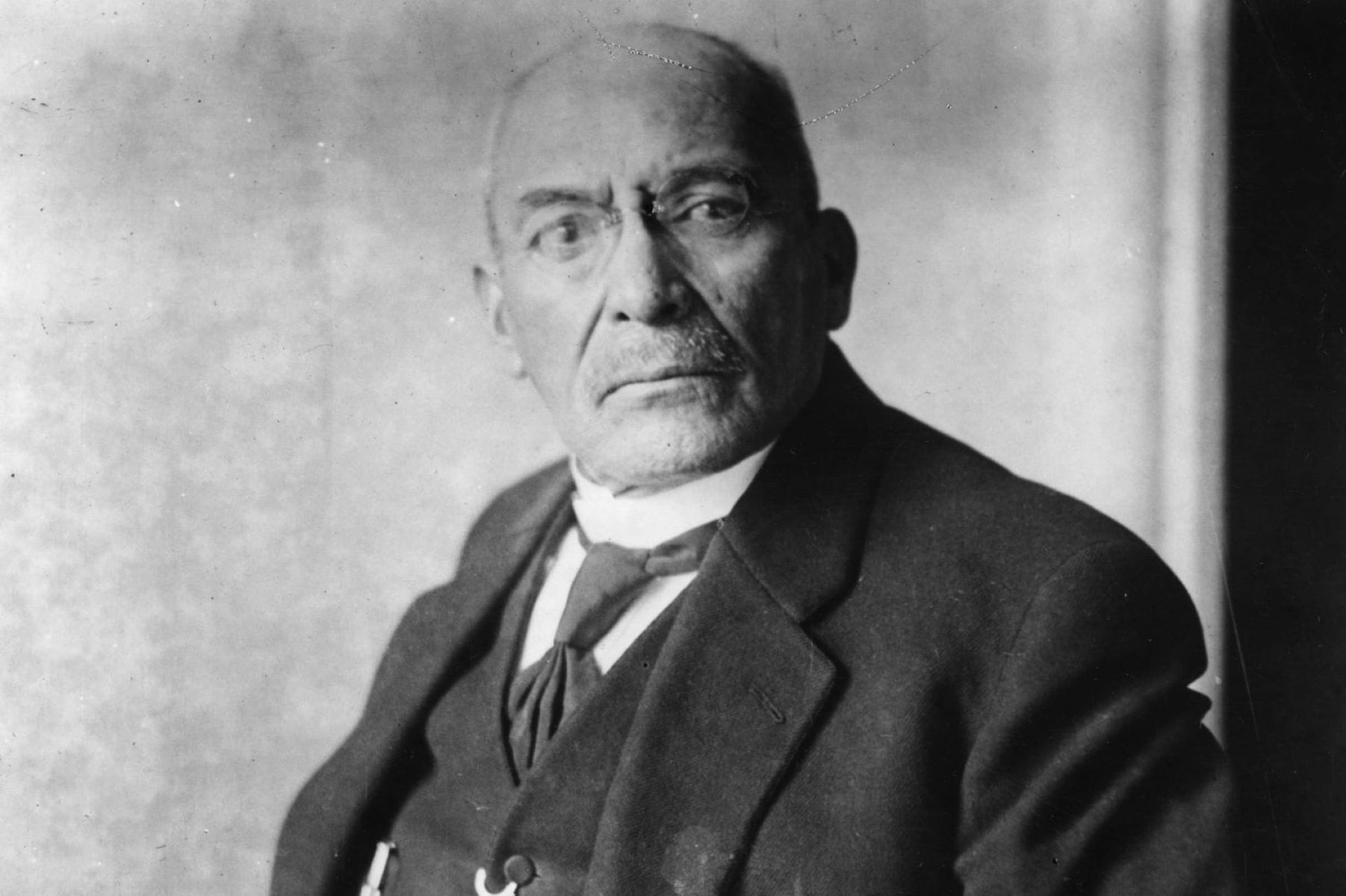
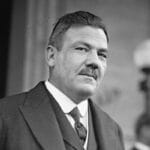
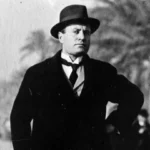

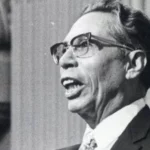
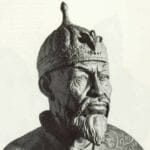











2 thoughts on “Unearthing the Captivating Truth: Facts about Victoriano Huerta’s Tumultuous Life”
Comments are closed.